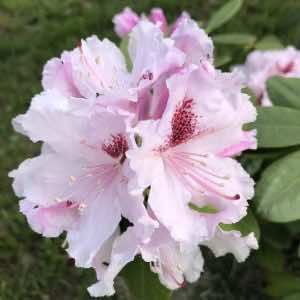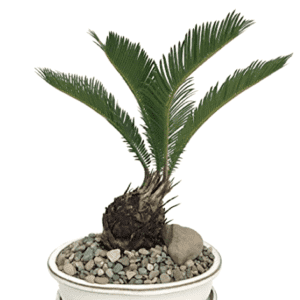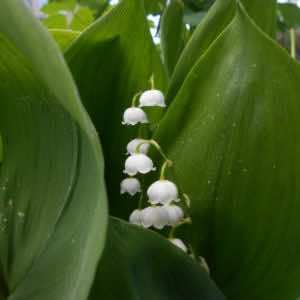Common Garden Plants Toxic to Your Pet
Spring has sprung, and so have some beautiful plants that may be deadly for our pets! Since it is also Pet Poison Awareness Month, we are focusing, in a 3-part series, on some of the top poisons you need to watch out for in the coming months.
In the first part of our series, we will discuss plants that you may have or want to plant in your garden. It is that special time of year where our winter weather is starting to turn warmer (and those of you who live with me in Texas know that we never know from day to day what the weather will be like). Many of us are starting to focus on reviving our gardens that have died away in the winter so that we can enjoy the great outdoors with our friends, family, and fur kids! To support that, we thought we would take the time to educate you on the types of plants that might be a danger to your pets, especially for those of us who have doggy doors or let their pets run free in the yard unsupervised!
Below are the top 6 plants or plant groups that may be a hazard to your pets.
 Tulips, Hyacinths, and Daffodils: These plants’ toxic principles are primarily concentrated in the bulbs of these plants (the leaf and flower are also poisonous, though not as concentrated). Symptoms of ingestion of bulbs or plant parts are profuse drooling, vomiting, or even diarrhea. |
 Azaleas & Rhododendrons: All parts of this plant are considered toxic, and only a tiny amount of ingestion (less than 0.2 percent of body weight) can cause poisoning! Typical signs of ingestion are vomiting, diarrhea, weakness, or cardiac failure. |
 Lilies: Some species are toxic, and some are benign. Make sure you educate yourself on the differences! The most dangerous lilies are Tiger, Day, Asiatic, Easter, and Japanese Show lilies. Just a tiny amount of these plants ingested are highly toxic to cats!!! Cats, even drinking the water from these lilies can cause problems. |
 Sago Palm: These plants are not only found in tropical/subtropical climates but are many times used as ornamental bonsai plants for your home. These plants are highly toxic to dogs and can result in liver failure. Symptoms can start within 15 minutes of ingestion and include vomiting, diarrhea, lethargy, lack of appetite, abnormal fluid accumulation in the abdomen, abdominal pain, jaundice, and black-tarry stool. |
 Lily of The Valley: Ingestion of this plant can cause similar symptoms to your pet ingesting the Foxglove plant. Typical symptoms are vomiting, diarrhea, a drop in heart rate, severe cardiac arrhythmias, and possibly seizures. |
 Crocus: Crocus plants are in the Iris Family. Spring Crocus plants (there are Autumn Crocus plants that can cause a more severe reaction) can cause vomiting and diarrhea. |
So, in general, if you find your dog wandering among the flowers unsupervised, keep an eye on them to see if they exhibit ANY signs of toxicity. The Pet Poison Helpline is a great resource to research all the poisons your dog or cat may come across and to check out the complete signs of poisoning in dogs or cat. It is also a good idea to have an Animal Poison Control Center or an Emergency Clinic on your speed dial, here we have given you numbers to a few of the Dallas & Mid-Cities clinics as well as Poison Control numbers. Please DO NOT induce vomiting in your pet unless you have been told to do so by a veterinarian or Animal Poison Control!
These are just a few of the toxic plants that you might want to plant in your garden. When planning your garden make sure that if you are planting toxic plants that you either fence off the garden or keep a good eye on your pets. The ASPCA Database of toxic and non-toxic plants is a great resource to use when deciding what to plant in your garden!
Check back next week for Part 2 of our series about more of the dangers your pet may encounter this spring.
References
Spring Pet Poisons. Retrieved from https://www.petpoisonhelpline.com/pet-owners/seasons/spring/
Sago Palm. https://www.petpoisonhelpline.com/poison/sago-palm/
Thom Somes (2017). Pet CPR, First Aid & Care PetSaver Program Handbook

